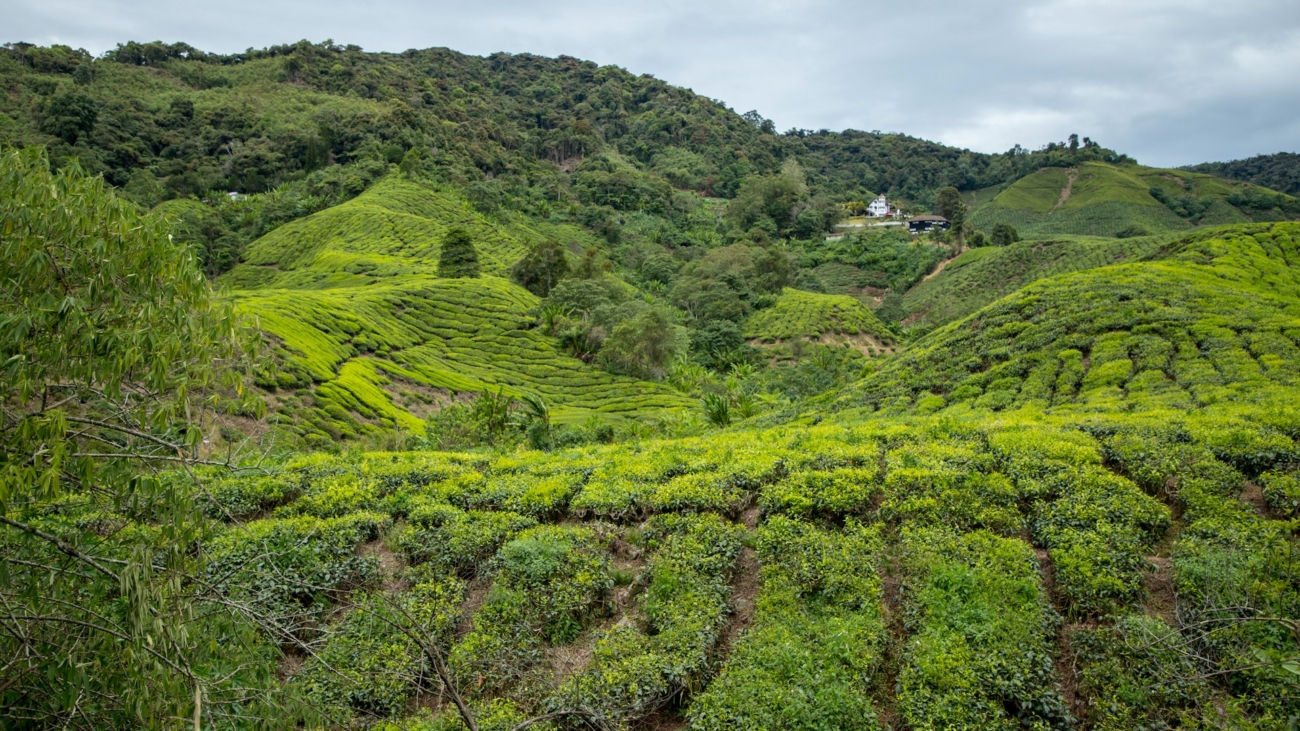Soil erosion, the gradual wearing away of topsoil by wind and water, is a significant challenge facing agriculture worldwide. It results in decreased soil fertility, reduced crop yields, and environmental degradation. A crucial strategy to combat this issue is the implementation of cover crops. These plants, grown to protect the soil when main crops are not present, provide a vital shield against erosion.
Understanding Soil Erosion
Before delving into the role of cover crops, it’s essential to grasp the mechanics of soil erosion. Two primary types of erosion threaten agricultural lands:
- Water Erosion: This occurs when rainwater flows over unprotected soil, carrying away valuable topsoil. Factors such as heavy rainfall, steep slopes, and bare fields exacerbate this process.
- Wind Erosion: Predominant in arid and semi-arid regions, wind erosion occurs when strong winds pick up loose soil particles and transport them.
Both types of erosion lead to a decline in soil quality, nutrient loss, and sedimentation of waterways.
The Role of Cover Crops
Cover crops act as a protective blanket, shielding the soil from the relentless forces of wind and water. They offer several benefits:
- Soil Protection: By covering the soil surface, cover crops prevent raindrops from directly impacting the soil. This reduces splash erosion, which is the initial step in the erosion process. Additionally, their root systems bind the soil together, preventing it from being easily lifted by wind.
- Improved Soil Structure: Cover crop roots penetrate the soil, creating channels that enhance water infiltration. This reduces runoff and promotes better soil aeration.
- Nutrient Cycling: Many cover crops, especially legumes, add organic matter and nitrogen to the soil. This improves soil fertility and reduces the need for chemical fertilizers.
- Weed Suppression: A dense cover crop can suppress weed growth, reducing competition for water, nutrients, and sunlight.
- Biodiversity Enhancement: Cover crops provide habitat for beneficial insects and other organisms, contributing to overall ecosystem health.
Selecting the Right Cover Crop
Choosing the appropriate cover crop depends on various factors, including climate, soil type, and the main crop rotation. Common cover crop options include:
- Legumes: These nitrogen-fixing plants, such as clover, alfalfa, and vetch, enhance soil fertility and provide valuable forage.
- Grasses: Grasses like rye, oats, and wheat offer excellent ground cover and erosion protection.
- Brassicas: Crops such as mustard and radish can break up compacted soil and suppress certain pests.
Diversified cover crop mixtures can often provide the most comprehensive benefits.
Implementing Cover Crops
Successful cover crop implementation requires careful planning and management. Key steps include:
- Timing: Planting cover crops at the appropriate time is crucial. They should be established before the onset of heavy rains or strong winds.
- Seed Selection: Choose cover crop species that are well-suited to your region and soil conditions.
- Planting Methods: Consider using broadcasting or drilling methods to ensure even seed distribution.
- Termination: Decide how to manage the cover crop before planting the main crop. This may involve mowing, grazing, or incorporating it into the soil.
Challenges and Considerations
While cover crops offer numerous advantages, there are challenges to consider:
- Economic Factors: The initial investment in cover crop seeds and management practices may be higher than traditional methods.
- Weed Control: Managing weeds in cover crops can be challenging, especially in the early stages.
- Insect and Disease Pressure: Some cover crops may attract pests or diseases that can affect subsequent main crops.
To address these challenges, it’s essential to carefully weigh the costs and benefits of cover crop adoption and consider implementing integrated pest management strategies.
Case Studies and Success Stories
Numerous farmers and ranchers have successfully adopted cover crops and reaped the rewards. For example, in the United States, the Conservation Stewardship Program (CSP) has provided financial incentives for farmers to implement cover crops and other conservation practices. These programs have demonstrated the effectiveness of cover crops in reducing soil erosion, improving water quality, and enhancing agricultural sustainability.
Conclusion
Cover crops are a cornerstone of sustainable agriculture. By protecting the soil from erosion, improving soil health, and enhancing overall ecosystem resilience, they contribute to the long-term viability of farming systems. While challenges may exist, the benefits of cover crop adoption far outweigh the costs. As awareness of the importance of soil conservation grows, it is expected that the adoption of cover crops will continue to expand, leading to a healthier planet and more sustainable food production.

